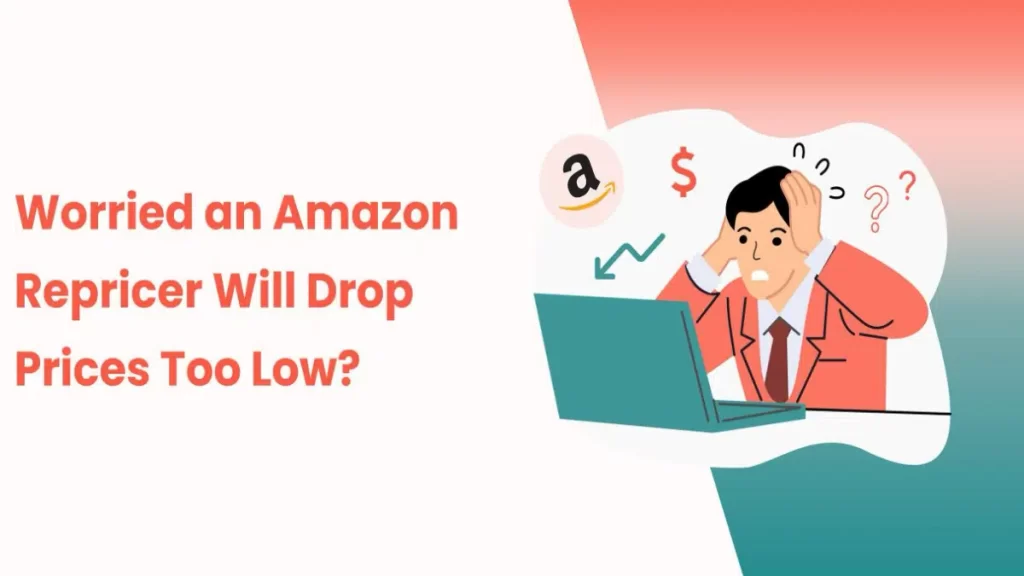Many sellers hesitate before enabling a repricer, especially when the fear of losing control over pricing kicks in. What if prices drop too low? What if margins shrink overnight? These are valid concerns, but only when a repricer is misunderstood.
Why the Fear Exists
The idea that a repricer will automatically undercut every listing is outdated. It’s a perception based on older, less flexible tools that relied on aggressive, price-slashing tactics. Modern repricers are much more advanced and thoughtful in how they operate.
Sellers worry because they imagine the repricer as a system that operates independently, lowering prices until profits are wiped out. In reality, today’s repricers give sellers full command, just on a larger and faster scale.
How Price Boundaries Keep You in Control
One of the first things sellers learn with a professional repricer is how minimum and maximum prices work. These are the boundaries you set based on your comfort level, cost structure, or brand strategy.
Once your floor and ceiling prices are in place, the repricer will never step outside them. You can define them per ASIN or in bulk across your catalog. This eliminates the risk of unnecessary undercutting.
Customize Based on Competition and Goals
Another common misunderstanding is that a repricer treats all competition the same. That’s not the case. A smart repricer lets you decide who you want to compete with. For example, if you only want to respond to FBA sellers or those with high feedback ratings, you can filter accordingly.
You can also select how fast or cautiously you want your listings to react to changes in the market. Every adjustment reflects your strategy, not just a blind reaction to someone else’s move.
It’s Not Just About Lowering Prices
The most efficient repricers aren’t just focused on reducing prices. They use data points like product velocity, available inventory, and your Featured Offer eligibility to reposition your listing when it matters. Sometimes, that means increasing the price when the opportunity allows.
Instead of bringing your listing to the bottom, the goal is to put it in the best possible position while staying profitable.
Choose the Right Tool
If you’re working with the wrong repricer, your fears may be justified. That’s why it’s important to choose an Amazon repricing tool that offers real control, detailed customization, and options that reflect how your business runs. A seller-focused tool ensures that every price movement is calculated, not careless.
Build a Repricing Strategy That Works for You
Don’t rely on default settings. Define your own repricing strategy for Amazon seller based on what you’re trying to achieve. Whether it’s clearing inventory, staying in the Featured Offer, or increasing velocity for specific SKUs, your settings should reflect your business priorities.
Once you know what you want your repricer to do, and more importantly, what you don’t want it to do, the tool becomes a business ally rather than a risk.
The Bottom Line
Using a repricer doesn’t mean losing control. It means keeping control, but doing it faster, smarter, and more competitively. You’re not leaving decisions to a machine; you’re using technology to enforce your own decisions across your entire catalog.
If you’ve been holding back because of pricing fears, start small. Set tight boundaries. Watch how the repricer performs. You’ll quickly see that it’s not a threat to your margins. It’s a way to protect and even improve them.

